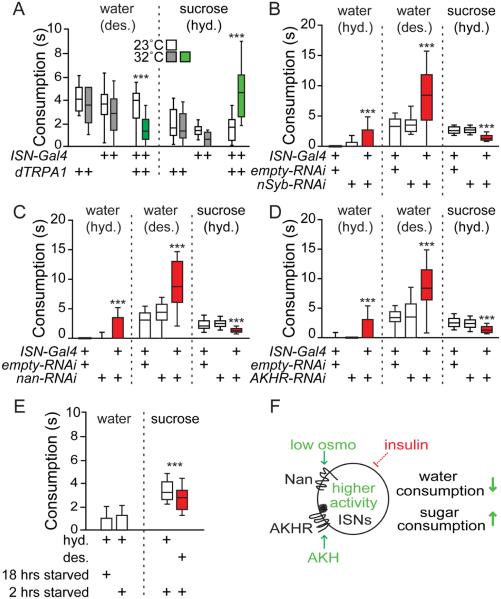Figure 7. ISNs promote sucrose consumption and inhibit water consumption.
A. ISN activation with dTRPA1 alters water and 1M sucrose consumption. Desiccated (des.), hydrated (hyd.). n=30-76 flies. Water consumption: ***p<0.001, t-tests (23°C vs 32°C) with Holm-Sidak correction.
B. ISN silencing with nSyb RNAi affects water and sugar consumption. n=38-57 flies. B-D: one-way ANOVA, Tukey’s Post Hoc, ***p<0.001.
C. ISN-specific nan RNAi affects water and sugar consumption. n=37-67 flies.
D. ISN-specific AKHR RNAi affects water and sugar consumption. n=22-70 flies.
E. Desiccation affects sugar consumption in wild type flies. n = 84-101, ***p<.001, t-test (hyd. vs. des.).
F. Low osmolality (osmo) and high AKH increase ISN activity, which promotes sugar consumption and inhibits water consumption. Insulin indirectly inhibits ISNs. High osmo and low AKH reduce ISN activity to promote water consumption and inhibit sugar consumption. See Figure S5 for additional behavioral experiments.

